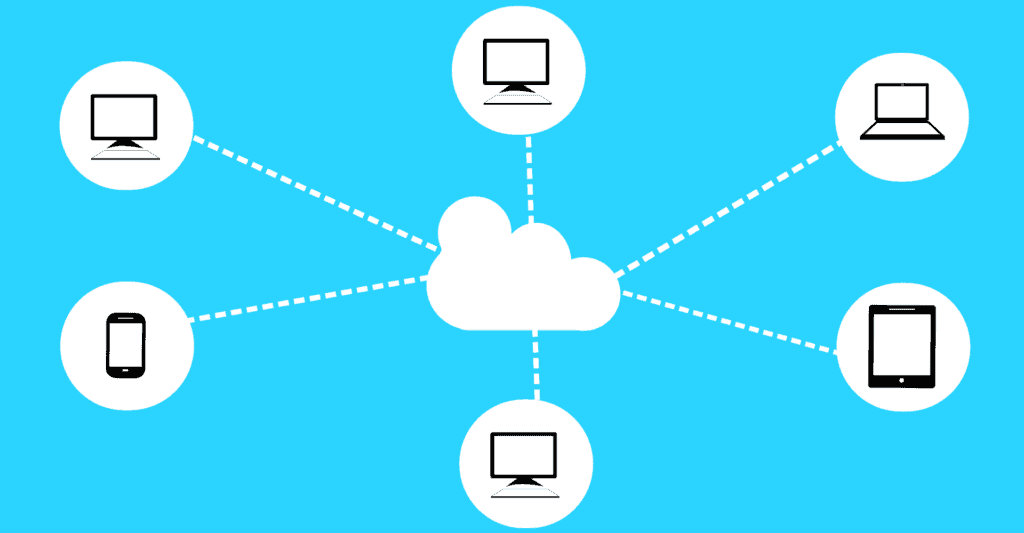NetCarrier Wins 2023 Visionary Spotlight Awards
SCOTTSDALE, Ariz. – ChannelVision Magazine has recognized NetCarrier as a winner of the 2023 Visionary Spotlight Awards in the Business Technology category. The award was presented for Hosted PBX.
The judges panel wrote, “Having its own proprietary platform allows NetCarrier full control over its pricing and feature development. NetCarrier’s nCloud Connect platform provides the scalability to grow your business and the flexibility to integrate mobile and remote workers.”
The panel pointed out that each NetCarrier customer is provided with a dedicated project manager to coordinate the transition to the nCloud Connect platform. This project management team designs a custom configuration, while it plans all aspects of the deployment, including training and onsite installation.”
“We’re very proud to receive our second Visionary award, said James Ricciardi, Director of Product Development and Customer Experience at NetCarrier. Our team has worked tirelessly building nCloud Connect from the ground up so that we can offer feature rich solutions that are easy to manage and deploy. Recognition like this is exciting for the entire NetCarrier team!”
For over 25 years NeCarrier’s wheel house has been deploying VOIP technologies, which allowed them to leverage their software engineering capabilities to provide a proprietary UCaaS solution that combined their carrier infrastructure with the best of breed unified communication features.
“We are honored to present NetCarrier with the Hosted PBX VSA for 2023,” said Beka Business Media president and CEO Berge Kaprelian. “The judges made it clear they were impressed with NetCarrier’s nCloud Connect platform and the value it brings to customers. All of us at ChannelVision Magazine and Beka Business Media congratulate the entire team at ACS Cloud Partners.”
About NetCarrier
NetCarrier is a privately held, FCC-regulated national provider of cloud-based voice and data services. NetCarrier’s nCloud Connect Hosted PBX platform offers customers a multitude of Unified Communication (UCaaS) features that provide the functionality to meet any business needs. Their goal is to ensure each customer’s expectation is exceeded from pre-sale, to implementation to post sale, you have a team that provides you with support each step of the way. NetCarrier prides themselves on providing 24/7/365 never outsourced customer support and the ability to deploy custom solutions.
About the Visionary Spotlight Awards
ChannelVision’s annual Visionary Spotlight Awards competition was created to highlight channel and service provider innovation in communications and information technologies. The awards honor outstanding products, services and deployments across numerous technology categories. Visionary Spotlight Award winners exemplify this goal, showcasing innovations, a capacity for future-thinking and what sets them apart within the communication and IT sectors.











